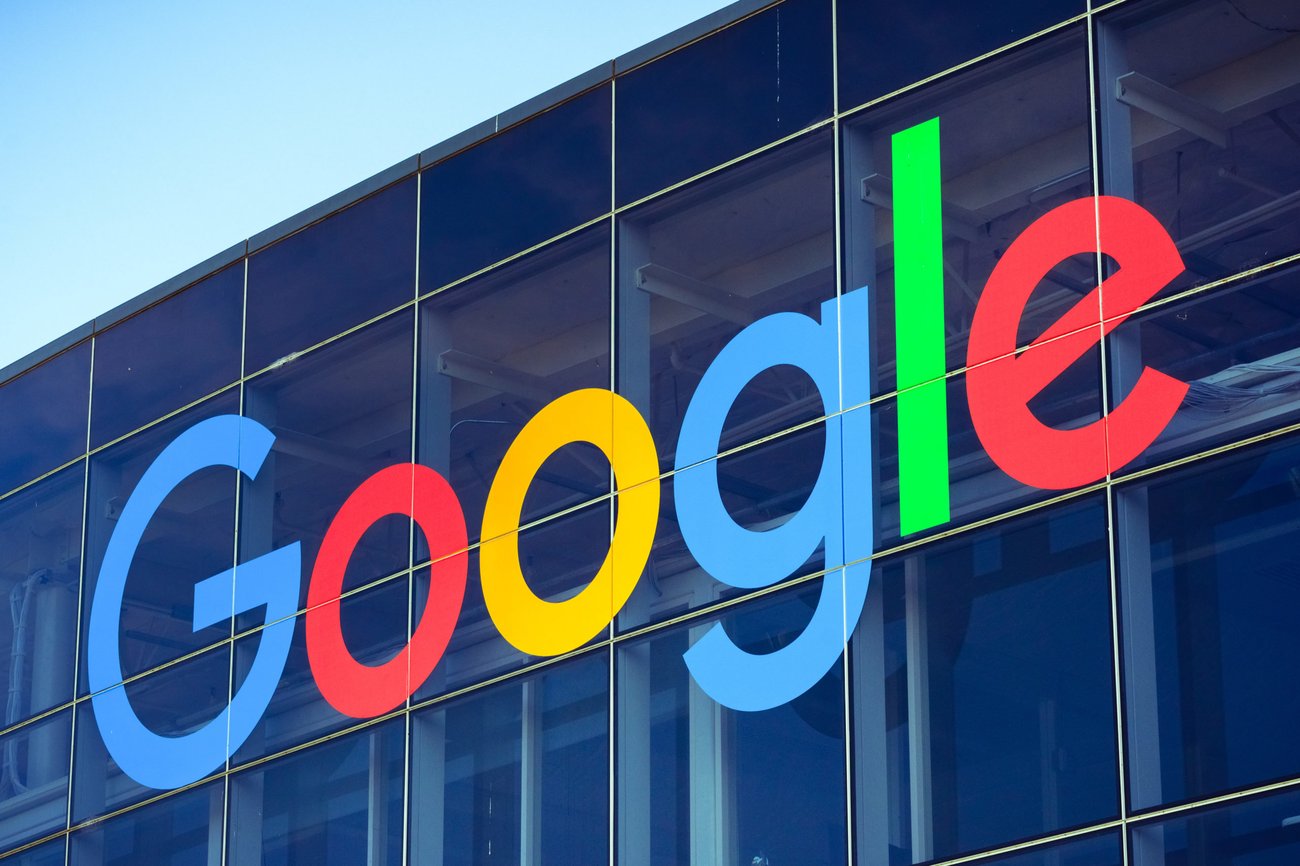
I get to do some pretty cool things as part of my job now. The highlight this week has been being part of the invite-only Google Marketing Live 2019 event in San Francisco. As one of 5000 attendees from 68 different countries, it’s been amazing to meet and learn from others in the industry – and I feel privileged to be one of the small handful of representatives from New Zealand to have attended.
As well as an epic private gig with Katy Perry to round off the first night, across the two-day event I’ve had a front row seat (so to speak!) to the latest live and upcoming developments in the world of search.
Google’s come a long way since the days of text-only ads almost two decades ago (the first ever text ad in 2000 was for mail order lobsters!) And, hearing directly from Google’s experts – they’re clearly not showing any signs of slowing down or stopping either. Instead, Google’s new ad products are all about helping businesses deliver useful experiences to searchers amidst what has become an increasingly complex customer journey. It’s also been about increasing shareholder value – although they didn’t mention that directly! In a nutshell, however, their new mandate is to be there, be useful, and be responsible.
Prabhakar Raghavan, SVP of Ads and Commerce, summed it up best in his keynote presentation when he acknowledged that customers do not follow a linear path to purchase and they’re expecting a much more personalised experience than ever before. With all the data they’re giving us, is it any wonder?
In response, the tech giant is delving further into AI and machine learning to better understand intent so they – and the businesses on their platform – can not only serve up better results, but can also start to anticipate intent. Not only that, the announcements were thick and fast regarding new platforms and plenty of rich, immersive content to gain a better grasp of the ever-more-elusive mental real estate of searchers.
With that, let’s take a moment to consider some of the latest innovations as revealed by Google as they try and influence customers nearer the top of the funnel.
All about discovery (late 2019)
Searching, looking, hunting, exploring… Whatever you could call it, its aim is discovery, and that was a key theme at this year’s event. Brad Bender, product VP for Google Display & Video Ads, delivered the goods – announcing Google’s new Discovery Ads format, targeting visually focused, automated ads created with top-of-funnel searchers in mind.
If you’re wondering what on earth I’m referring to as Discovery Ads, they’re visually-rich native ads you see when you view Google’s homepage on your mobile, and they’re also built into Android’s home-screen or the Google iOS app. According to Google, they’re already getting more than 800 million sets of eyeballs regularly – and soon we’ll also be seeing them within Gmail and in our mobile YouTube feed alongside recommended videos.

As well as looking great, Discovery Ads have the added firepower of the ‘power of intent’. That’s Google’s lingo to mean that their appearance will be based on your data – your search history, app downloads, and the rest. This sort of spot has never been open for advertisers before and promises to be a gold rush, as mobile remains the pinnacle of the digital marketing space. Our blog’s got more about how Discovery Ads work from an advertiser’s point of view.
Google Ads goes Gallery (late 2019)
Another of the significant announcements at this year’s event was that visual and interactive, carousel-like gallery ads will be coming to mobile search engine results pages (SERPs). Advertisers will be able to upload a headline with a specific site URL and a gallery of up to eight high quality images – with corresponding 70-character descriptions for each – that searchers can scroll through or expand, before reaching a text-based call-to-action at the end.

From Google’s point of view, it’s about combining search intent with rich creative to serve up a better and more cohesive (not to mention visual!) brand story that users can connect with. Less about direct conversions, and more about getting people further down your funnel, the gallery ads will be ideal for overall brand awareness and ensuring you’re part of a consumer’s overall consideration set.
Google Shopping
And just as I mentioned consumers’ drive for a more personalised shopping experience, Google delivers. The revamped Google Shopping experience is coming, complete with a personalised homepage, shopping recommendations, and filters based on previous search activity and purchases.
Intended to rival Amazon, the new Google Shopping will allow users to pay right from their Google account. As well as handling the transaction, Google will also be stepping into the space between customer and retailer when it comes to handling returns and customer support – it’s all part of the Google guarantee.

Lots of other useful information and developments were shared at the event, such as the introduction of campaign level conversions in the Google Analytics dashboard and seasonality adjustments with smart bidding. The overall impression I got was that Google were looking to compete with Facebook, Instagram, and Amazon in trying to integrate in a deeper and richer way into the shopping experience, while increasing their footprint in retail sales and decision making.
There was plenty of discussion around touch points much earlier in the purchase funnel and how everything should be ultra-fast and optimised for mobile (such as using Accelerated Mobile Pages for landing pages). Obviously, Google need to increase and protect its ad revenue and this was apparent in their thinking throughout the two days.




